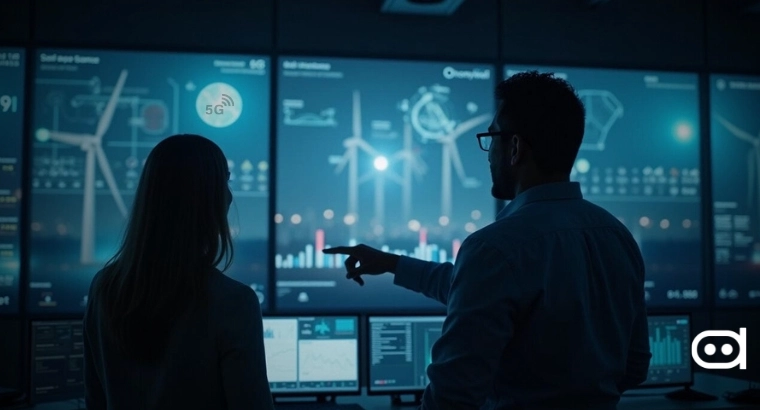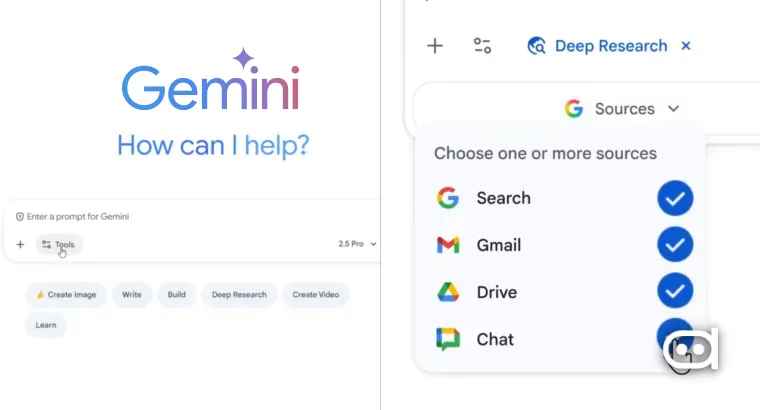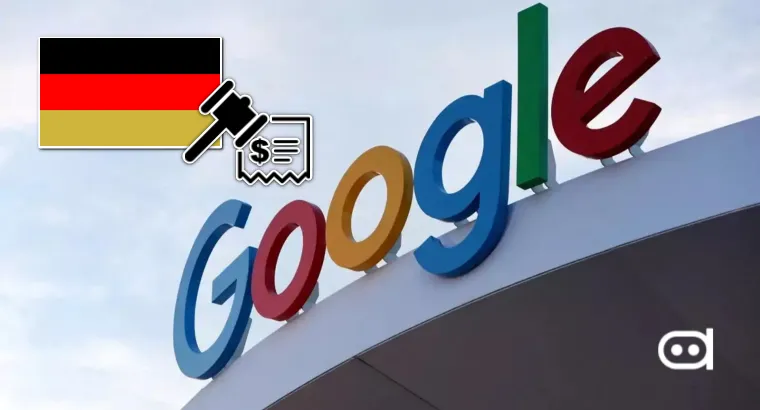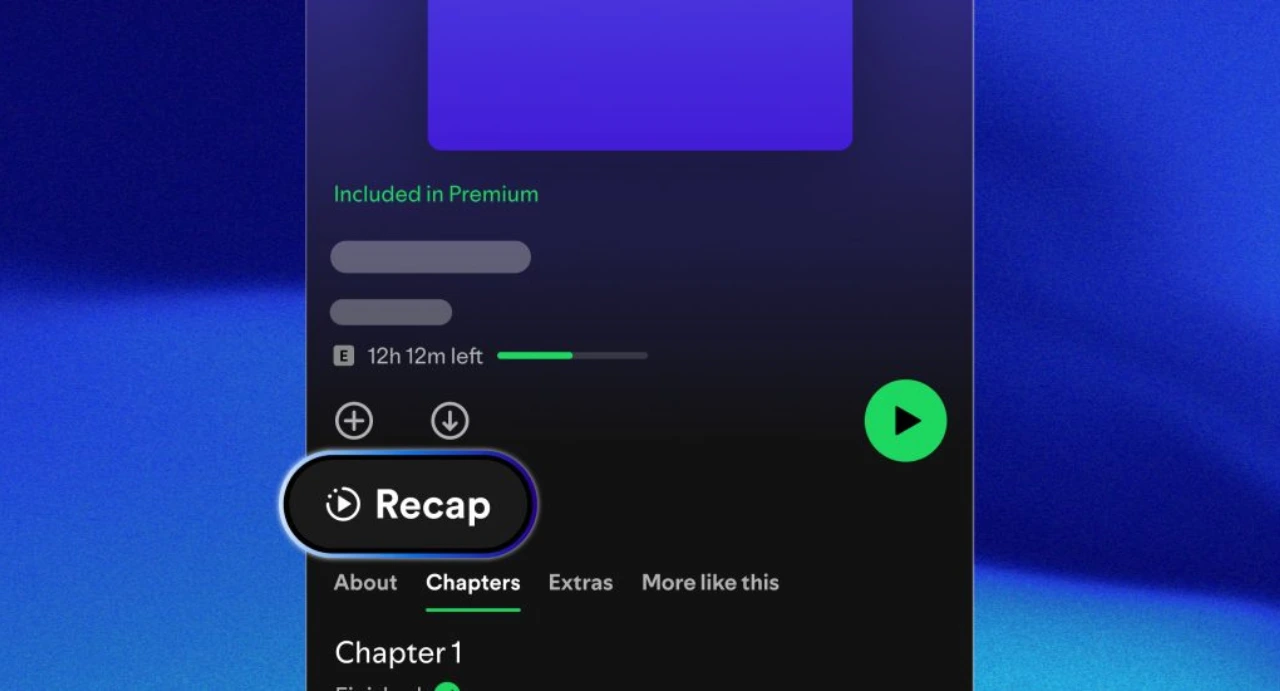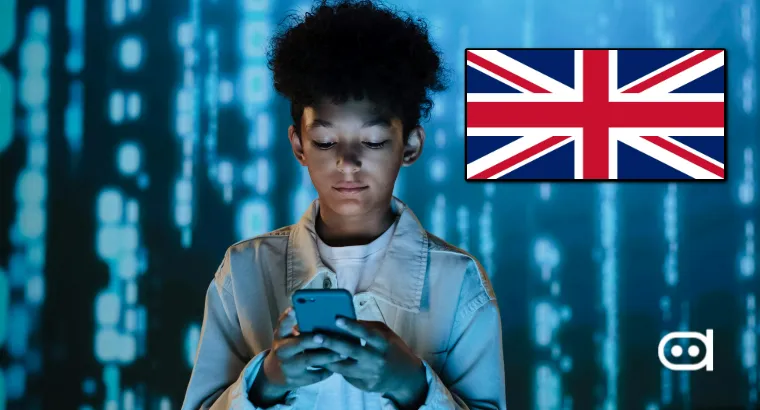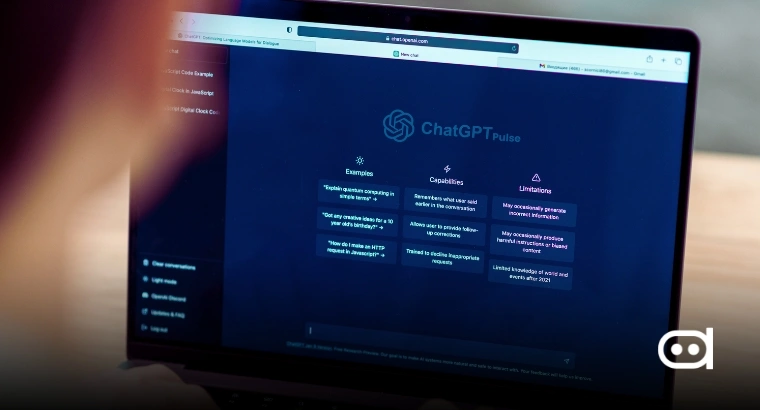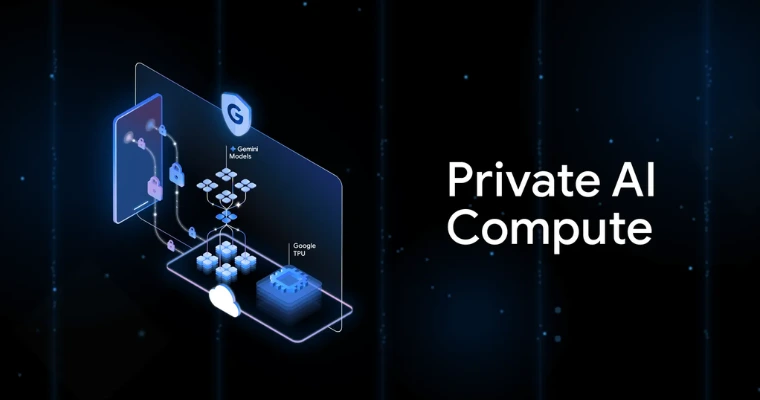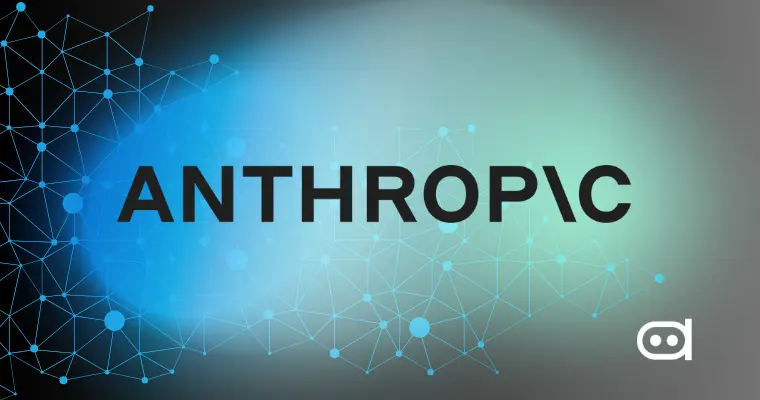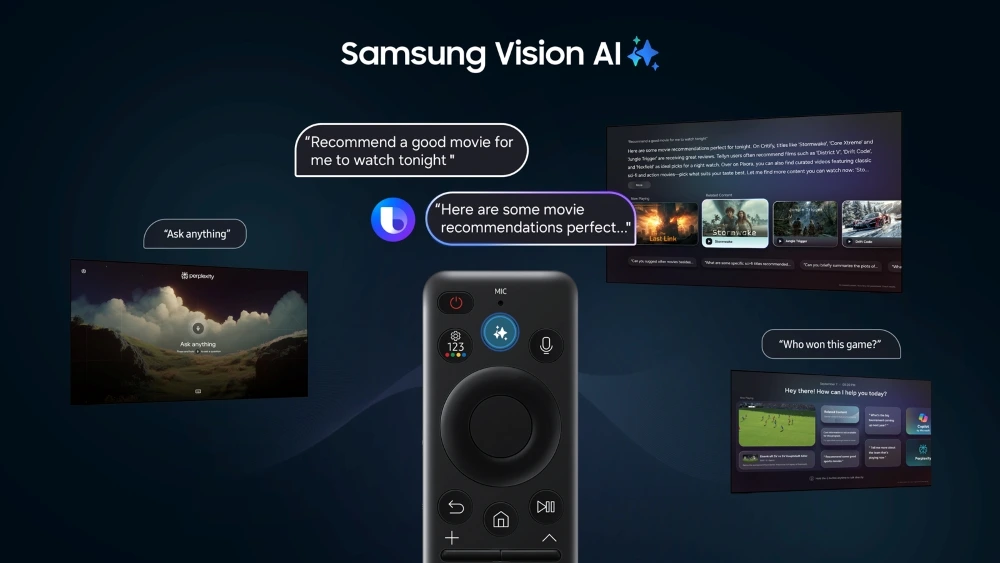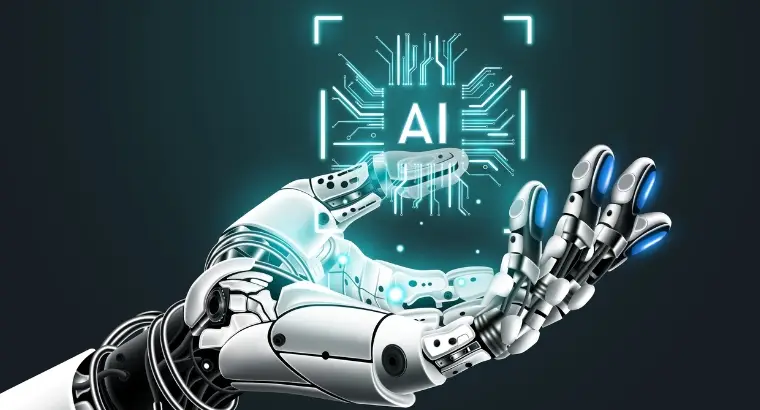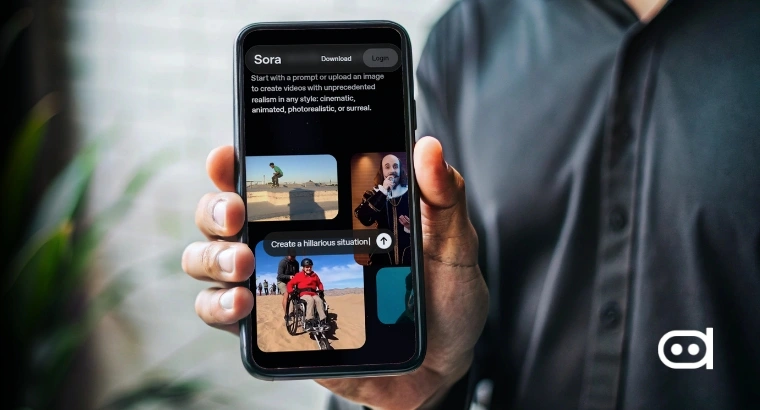
Key Highlights –
- Sora 2 models real-world physics, rendering natural successes and failures instead of morphing reality.
- First version with synchronized audio, including realistic dialogue, effects, and environmental sounds.
- Cameo feature lets users insert themselves into AI-generated videos with strict identity controls.
- New invite-only iOS app focuses on creation, not consumption, using natural language-driven feeds.
OpenAI launched Sora 2, stating it to be a “moment for video just like GPT-3.5.” This newer model, released on September 30, 2025, is a significant upgrade over the initial Sora, which was more of a prototype. With Sora 2, we get physical simulation, audio syncing, and, controversially, a cameo feature that allows users to insert themselves in AI-generated scenes. Alongside the announcement, OpenAI also announced the launch of an invite-only iOS social app intended to reward creativity over endless scrolling.
The release marks the first attempt by OpenAI to contest Runway, Luma, and Kling for leadership in AI video creation, while at the same time testing the scope of responsible innovation.
Technical Breakthroughs in Physics and Realism
The most revolutionary feature in Sora 2 is the ability to simulate physics from the real world. Earlier video generators twisted reality to fit their given prompts. Sora 2, however, respects physical constraints: basketballs bounce off rims, paddleboards sink if overturned, and skaters wobble when landing jumps. Failures look realistic, as if the AI understands why actions don’t succeed, making it more useful for simulations and storytelling.
The model also exhibits a big improvement in controllability, following the multi-scene instructions with a good deal of continuity. It handles multiple artistic styles, such as cinematic, realistic, or Anime, with equal precision.
Integrated Audio for Immersive Content
For the first time, Sora has integrated AI-generated audio into its video output. It allows users to generate speech, background soundscapes, and environmental noises synchronized with the visuals. The lip movements of the characters match the dialogue, making the scenes more cinematic as the audio aligns with physical actions.
This leap addresses one of the biggest bottlenecks of Sora 1, which has allowed competing tools to establish their presence. With Sora 2, creators can now produce fully cohesive video-audio content in one workflow.
The Controversial Cameo Feature
Cameos represent by far the most daring and debated feature, allowing a person to insert themselves into generated content. The user first records a short video created for identity verification purposes, after which the user can use the generated model of their face in any scene. OpenAI highlights very strict consent controls that allow users to decide who can use their likeness and to revoke their permission at any time.
Nevertheless, critics cite potential misuse, identity theft, or cyberbullying. OpenAI aims to counterbalance these with human moderation, parental controls for teenagers, and strict default opt-outs. For instance, younger users have daily generation caps and require parental consent to grant cameo permissions.
Social-App with a Different Philosophy
Besides Sora 2, OpenAI launched an invite-only iOS app that interdisciplinarity blends social sharing with creation tools. It actively defies the conventional design paradigms wherein time spent scrolling is considered optimization. Instead, here the user works with a natural language recommender system: “show me creative sports videos” or “focus on cinematic clips”, with periodic wellness checks, then asks if the content is feeling positive.
The app prioritizes content from friends and inspiring creators, rather than algorithmic engagement. Monetization is minimal, with only optional top-ups during heavy demand periods.
Access, Availability, and Next Steps
Sora 2 is initially free with generous usage limits, though compute constraints apply. The Pro version is there for ChatGPT Pro subscribers who want finer quality outputs. OpenAI expects to put out the API in the coming weeks so that developers can hook into Sora 2 editing workflows. An Android app is in development, and storyboard-style editing tools are also on the roadmap.
The iOS app is available in the US and Canada right now, with an international rollout planned in phases. Each user admits four friends to join, which is actually a part of OpenAI’s narrow rollout mechanism.
